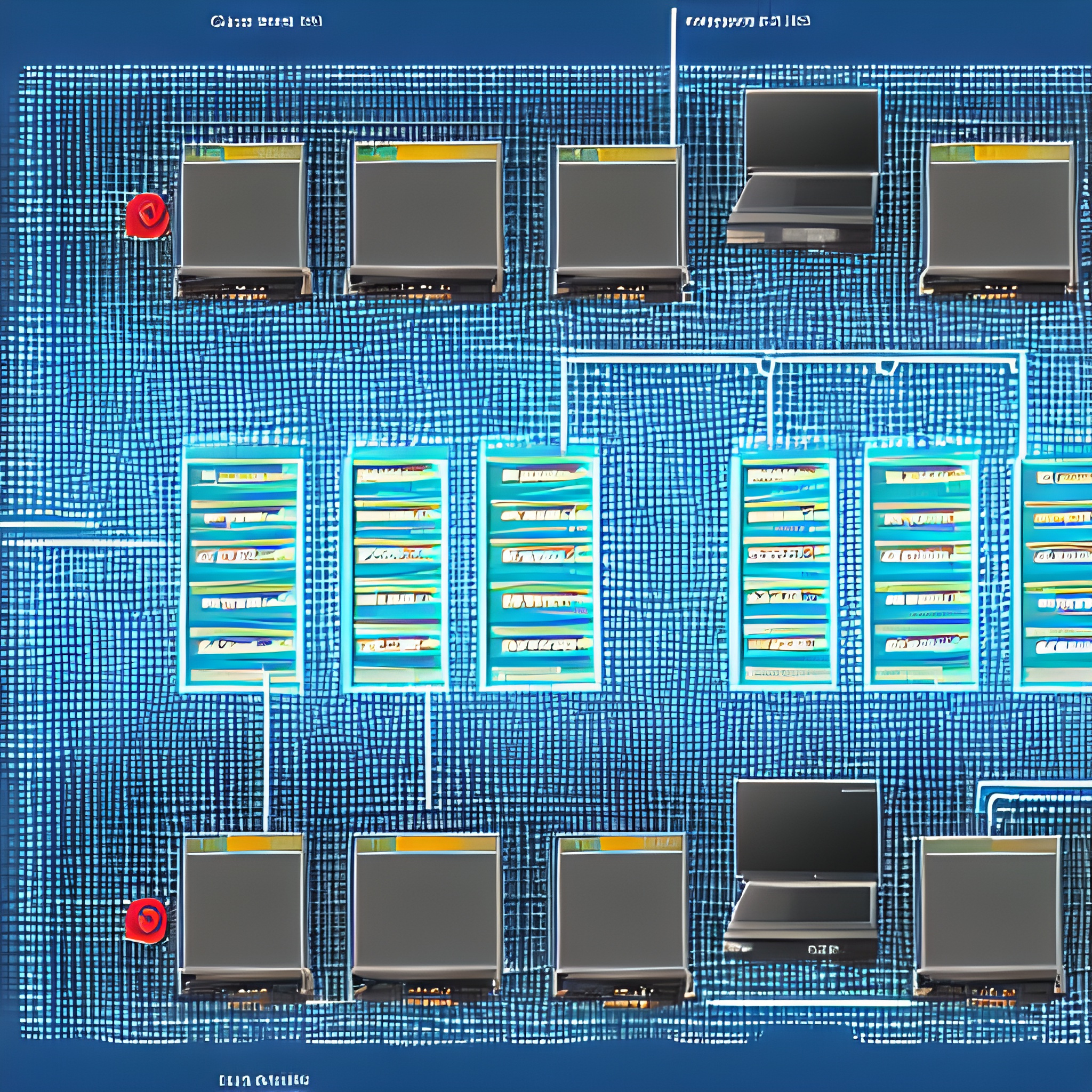With the recent advances in artificial intelligence (AI), a new type of AI called Edge AI emerged. Edge AI is a form of AI that performs tasks at the edge of a network, meaning it doesn’t require an internet connection to function. This is opposed to traditional AI, which requires a constant connection to work. While it offers many benefits, there are also several Edge AI risks.
In this blog post, we’ll explore some of the risks of Edge AI and how you can mitigate them.
What is Edge Computing?
Edge computing is a type of computing where data is processed at the network’s edge, as opposed to in a centralized data center. It’s become increasingly popular in recent years due to the proliferation of internet-connected devices (e.g., smartphones, connected cars, smart appliances) and the growing demand for real-time data processing.
What is Edge AI?
Edge AI is a form of artificial intelligence that performs tasks at the edge of a network without requiring an internet connection. It’s often used in applications where real-time data processing is required, such as video analysis or facial recognition.
Some Use Cases of Edge AI
There are many potential use cases for Edge AI. Some examples include:
Video analysis
Edge AI can be beneficial for analyzing video footage, such as from security cameras. It can help to identify potential risks and threats and provide information that you can use to improve security. For example, edge AI can detect unusual patterns of behavior or automatically track and record events of interest. In addition, you can use edge AI to generate alerts, such as if a person is loitering in a restricted area. Building and office security teams can also use it to identify people or objects that are out of place. In addition, they can use edge AI to track movement patterns, helping to identify potential escape routes or areas of high traffic. Ultimately, edge AI provides a valuable tool for security analysts, helping improve businesses’ and organizations’ safety and security.
Facial recognition
Facial recognition is one of the most common use cases for edge AI. Edge AI can quickly and accurately identify individuals by understanding and mapping facial features. This technology is used in various settings, from security and law enforcement to retail and customer service. However, it also raises concerns about privacy and the potential for misuse or abuse.
Speech recognition
Organizations can also use Edge AI to process and analyze speech, enabling devices like smartphones and virtual assistants to understand and respond to spoken commands. This technology has a wide range of applications, from voice-controlled smart homes to hands-free control in vehicles.
Sensor data processing
Organizations can also use Edge AI to process data from various sensors, such as temperature, pressure, and moisture. This is particularly useful in industries like agriculture, where real-time sensor data can help optimize crop production, or in healthcare, where edge AI can monitor vital signs and provide alerts in emergencies.
Edge AI Risks
There are several risks associated with the use of Edge AI, including:
Misuse and Abuse
Edge AI can be subject to misuse and abuse. For example, if edge AI is used to monitor the video feeds of people in public places, there is a risk that organizations could use it to infringe on people’s privacy. There is also a risk that criminals could use edge AI for illegal purposes, such as targeting individuals for theft or fraud. In order to mitigate these risks, it is crucial to use edge AI responsibly and ensure that its use is properly regulated.
Facial recognition also poses significant risks to privacy and civil liberties. Organizations and even criminals can use edge AI systems to track and monitor individuals without their knowledge or consent if misused. They can also exacerbate existing biases, leading to false positives and discriminatory outcomes. As a result, it is essential to carefully consider the implications of using edge AI for facial recognition before deploying this technology.
Lost data
Edge AI systems often collect and process a large amount of data, which can be lost if the edge device fails or is compromised. This can lead to loss of information and potential financial losses. Therefore, it is important to have proper backups and security measures in place to prevent data loss from edge AI systems.
Failure
Edge AI systems may also fail, leading to malfunctions or erroneous outputs. This can result in incorrect decisions being made, potentially causing harm or damage. Therefore, it is important to thoroughly test edge AI systems before deploying them and have contingency plans to address potential failures.
Low accuracy
Edge AI systems may not always be accurate due to lower computational power than traditional data centers. This can lead to incorrect outputs or decisions and have negative consequences, particularly in industries like healthcare and security, where edge AI is used to make critical decisions. Therefore, it is important to monitor edge AI systems’ accuracy continually and update them as necessary.
Security
It is no secret that edge AI comes with several risks and challenges, chief among them being security. The fact that edge AI involves data being processed and stored outside the secure confines of the cloud means a much greater risk of data breaches and cyber-attacks. For example, criminals can hack into edge data centers and hack into autonomous cars, causing them to crash.

Furthermore, edge AI devices are often located in remote and difficult-to-reach places, making it hard to quickly patch or update them in the event of a security threat. As edge AI becomes more prevalent, companies must take steps to mitigate these risks. One way to do this is to invest in robust security protocols and systems that protect data at rest and in transit.
Additionally, companies should consider investing in edge AI devices that are designed with security in mind, such as those that come equipped with tamper-resistant hardware. By taking these measures, companies can help to ensure that their edge AI deployments are secure and free from risk.
Balancing the risk and reward
Overall, edge AI has the potential to bring about numerous benefits, such as improved efficiency and responsiveness. However, it is vital to consider and address the potential risks to fully realize these benefits and ensure the safe and responsible use of edge AI.
In conclusion, while edge AI may present some challenges and risks, these can be managed and mitigated with proper planning and attention. Therefore, organizations should carefully consider the potential risks and rewards before implementing edge AI technology in their operations. By doing so, edge AI can bring numerous benefits while minimizing potential harm.

0 Comments